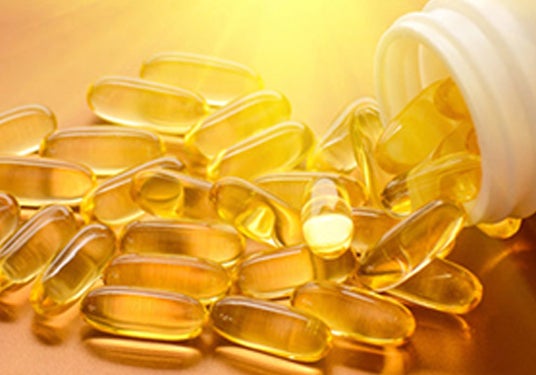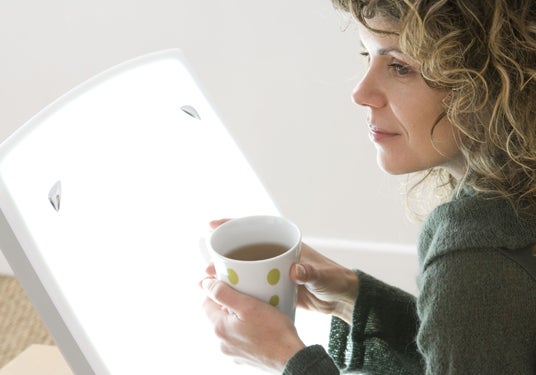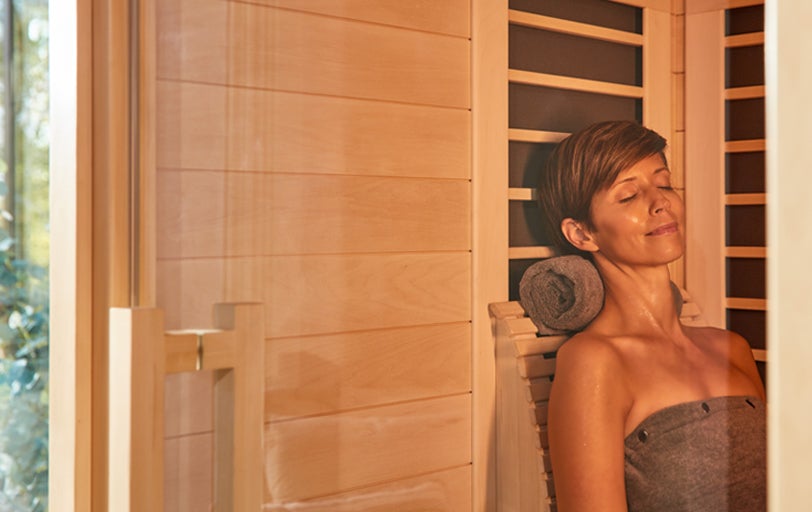In fact, a study from the Journal of Internal Medicine correlated the health of 30,000 Swedish women with risk of death over a 20-year period. The researchers found that the risk of death from all causes doubled for the Swedish women who tended to avoid the sun compared to women who got the most sun. This was a dose-dependent benefit, meaning that the more sun exposure a woman got on a regular basis, the lower her risk of death during the two decades-long study.
This sunshine-related health benefit remained significant even after the study authors adjusted the data for income, obesity, tobacco use and exercise. According to this study, completely avoiding the sun might increase the risk of premature mortality as much as being a pack-a-day cigarette smoker.1
In another recent study, researchers presented tentative evidence showing that red and near-infrared light, both present in sunlight, could explain the associations between sunlight exposure and better health status. Body irradiation with red and near-infrared light, usually termed as photobiomodulation (PBM), have demonstrated preliminary evidence of a potential clinical benefit for chronic diseases.2
While more research is needed on this subject, the known benefits of sunlight exposure include:
- Better sleep — Our eyes need light to set the body’s internal clock. Early morning sunlight seems to help people sleep better at night. At night, darker lighting triggers the brain to make the hormone called melatonin. This hormone is responsible for helping you sleep.
- Improved mood — Exposure to sunlight is thought to increase the brain’s release of a hormone called serotonin. Serotonin is associated with boosting mood and helping a person feel calm and focused.
- Better bone health — Sunlight helps your body produce vitamin D, which in turn contributes to healthy bones, and also reduces the risks for bone-related diseases, like osteoporosis.
- Improved immunity — Researchers report that exposure to sunlight appears to activate T-cells, which play an active role in immunity, helping them move more rapidly throughout the body. When T-cells are more active, they do a better job of fighting infections and cancer.
- Weight loss — Morning light seems to help people keep their weight in check. You need 20 to 30 minutes of sunlight between 8 a.m. and noon to make a difference, but the earlier you get your sunlight, the better it seems to work. Scientists think the sun’s rays may shrink fat cells below the skin’s surface.
- Gut health — Canadian researchers found that study participants with insufficient levels of vitamin D also had a lack of microbiome diversity, which has been linked to inflammatory bowel disease. When participants were exposed to a narrow band of UVB rays three times in one week, the diversity of bacteria in their guts improved.3

Vitamin D is a fat-soluble vitamin that is naturally present in some foods, added to others, and available as a dietary supplement. While diet can be a source of vitamin D, exposure to sunlight for about 10 minutes a day produces a healthy level of vitamin D. However, many people do not get adequate vitamin D once the warm months end. If you’re one of them, talk with your health care provider about measuring your vitamin D level, and if it’s low, discuss taking an over-the-counter supplement. Your health care provider can advise you regarding the best supplement for your circumstances, but vitamin D, whether from the sun or a supplement, is essential to bone health, and has been scientifically proven to reduce the risk for heart disease, depression, cancer, multiple sclerosis and diabetes.4

Because sunlight produces vitamin D, which is essential to strong bones, it also might be beneficial to talk with your doctor about a calcium supplement, especially if you are at high risk for osteoporosis. An over-the-counter supplement, combined with a healthy diet and regular weight-bearing exercise, can help reduce these risks and at least during the winter months, may replace the benefits of sunshine.

During winter months, as we spend more time inside, we’re exposed more to blue wavelengths that are emitted by energy-efficient lighting, and phone, TV, laptop and notebook screens. Exposure to those devices, especially after sundown, can affect your circadian rhythms and sleep cycle. Harvard researchers and their colleagues conducted an experiment comparing the effects of 6.5 hours of exposure to blue light to exposure to green light of comparable brightness. The blue light suppressed melatonin for about twice as long as the green light and shifted circadian rhythms by twice as much (3 hours vs. 1.5 hours). The researchers concluded if individuals wore eyewear that blocks blue light, it could reduce the impact of its exposure.5 Turning off devices at least an hour before bedtime and using warmer light sources, like candles, may also reduce the impact of blue lights on sleep cycles.

Many people find the winter months impact their mood, resulting in what’s commonly referred to as seasonal affective disorder, or SAD. Regulating mood can be a delicate balance between sunlight, and the hormones melatonin, and serotonin. If your mood seems to drop during the winter months, supplements and/or prescription antidepressants may be helpful, but your health care provider also might prescribe light therapy for SAD.
According to the Mayo Clinic, during light therapy, you sit or work near a device called a light therapy box. The box gives off bright light that mimics natural outdoor light and is thought to affect brain chemicals linked to mood and sleep, easing SAD symptoms. Using a light therapy box may also help with other types of depression, sleep disorders and other conditions. Light therapy is also known as bright light therapy or phototherapy.6
The sun produces infrared light, and when your body is exposed to infrared light it provides many health benefits. Infrared light is part of the electromagnetic spectrum which comes in three light waves: near, mid and far.
Near infrared waves have a shorter frequency range and penetrate the epidermis layer of the skin. This is how near-infrared is able to impact the body at the cellular level, encouraging tissue growth, speeding up muscle recovery and strengthening the immune system.

Far infrared therapy heats the body directly and rather than simply warming the air, it raises the core body temperature and produces a deep, detoxifying sweat at the cellular level, where most toxins reside. The sweat then pushes out the toxins, cleansing your body and rejuvenating your skin. Far infrared light also aids in heart health and weight loss, along with a wide range of other health benefits.
In the summer months, the sun can make you sweat, and potentially sweat out the harmful toxins in your body, but you won’t likely have the chance to do that in the winter months. Fortunately, the infrared heat Sunlighten saunas use has the benefit of being effective at a more comfortable operating temperature of 100°-165°F, and also helps the body detoxify.
In addition, near infrared light is actually a form of photobiomodulation, referenced earlier as demonstrating preliminary evidence of clinical benefit for chronic diseases. Sunlighten has harnessed the specific spectrum of light needed to trigger a natural, photo-biochemical reaction. This recharges the cell’s mitochondria and stimulates cellular turnover.7 To achieve the maximum penetration, NASA research was used to develop a patented LED array that provides near infrared light at a singular wavelength with minimal variability and virtually undetectable heat and light.

Sunlighten’s lumiNIR® is a hand-held device with four LED options – near infrared, red light, near infrared/red light, and blue light that features the breakthrough LED technology first introduced in Sunlighten’s 3 in 1® infrared saunas. Regular use can help promote the healing benefits of near infrared light.
Some of the other health benefits of infrared sauna are similar to sunlight exposure, and include relaxation, stress reduction, and improved sleep, among other things.
Before taking any supplements or beginning a new health routine, be sure to talk with your health care provider to determine the best plan of action for your circumstances.
Learn more about the variety of Sunlighten’s infrared sauna models.



